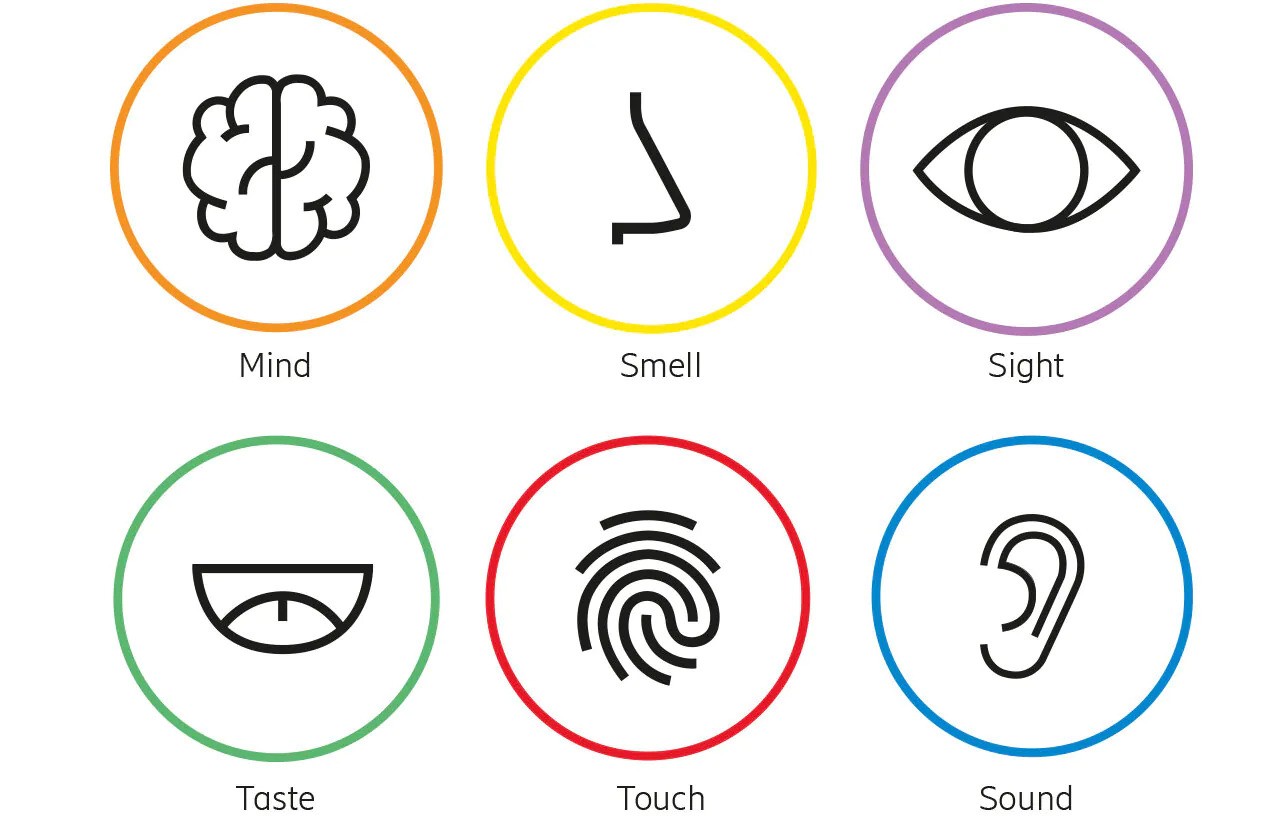The Internet of Senses: Bridging the Gap Between Digital and Physical Worlds

Imagine tasting a meal in Paris, smelling the sea breeze of the Maldives, or feeling the texture of silk fabric in an Italian boutique—all while sitting in your living room. This is the promise of the Internet of Senses (IoS), an emerging concept that aims to integrate human senses into digital interactions. It’s a vision where sight, sound, touch, taste, and smell are seamlessly transmitted and experienced over the internet.
The Internet of Senses is not just a technological marvel; it’s a potential game-changer for industries such as healthcare, education, retail, and entertainment. This blog explores what the Internet of Senses is, the technologies enabling it, its real-world applications, and the challenges to its adoption.
The Internet of Senses builds on the foundation of technologies like virtual reality (VR), augmented reality (AR), and the Internet of Things (IoT) to create a multi-sensory digital experience. By integrating the human senses into digital platforms, IoS seeks to:
Expand Human Perception: Simulate real-world experiences through digital means.
Enhance Connectivity: Make online interactions more immersive and intuitive.
Redefine Reality: Blur the boundaries between physical and virtual worlds.
Ericsson’s ConsumerLab Report predicts that by 2030, IoS will be a central part of digital life, allowing people to interact with the internet using all their senses, not just sight and sound.
The Internet of Senses relies on a convergence of cutting-edge technologies:
1. Haptic Feedback
Haptic devices simulate the sense of touch, allowing users to feel textures, vibrations, and even temperature. Wearable gloves, suits, and augmented surfaces are key enablers of haptic feedback.
2. Digital Olfaction
Scent-emitting devices use chemicals to mimic specific smells, creating olfactory experiences in digital environments. These devices are being developed for applications in gaming, virtual tourism, and healthcare.
3. Gustatory Interfaces
Taste simulators stimulate taste buds using electrical signals or chemicals, enabling users to experience flavors digitally.
4. Spatial Audio
Spatial audio technology creates immersive soundscapes that mimic real-world environments, enhancing the auditory experience in virtual spaces.
5. Advanced AI
Artificial intelligence personalizes sensory experiences by analyzing user preferences and simulating appropriate sensory inputs.
6. 5G and Beyond
High-speed networks like 5G and the upcoming 6G are essential for transmitting the massive amounts of data required for real-time, multi-sensory interactions.
1. Healthcare
Remote Surgery: Surgeons could perform operations using haptic gloves and virtual environments, feeling tissue texture and resistance as if they were physically present.
Pain Management: Virtual environments combined with IoS can distract patients from pain by engaging multiple senses.
Therapeutic Interventions: Simulated sensory experiences can be used in therapy for conditions like PTSD, anxiety, and phobias.
2. Education and Training
Immersive Learning: Students can feel the texture of a dinosaur’s skin in a virtual museum or taste cuisines during a culinary class.
Skill Development: Training programs for surgeons, pilots, and industrial workers can use IoS to mimic real-world scenarios with a sensory component.
3. Retail and E-Commerce
Virtual Try-Ons: Customers can feel the fabric of clothes or the weight of a watch through haptic devices.
Scent Marketing: Retailers can emit scents that evoke emotions, enhancing the shopping experience.
Taste Sampling: Food and beverage companies could allow customers to sample flavors virtually before purchase.
4. Entertainment and Media
Immersive Gaming: Players can feel the heat of a desert or the chill of a snowy mountain in virtual worlds.
Holo-Cinemas: Movies could engage all five senses, making viewers feel as if they are inside the story.
Live Concerts: IoS can simulate the sound, smell, and atmosphere of live performances.
5. Tourism
Virtual Travel: IoS allows users to smell the salty air of a beach or feel the cobblestones of a historic city without leaving their homes.
Pre-Travel Experiences: Tourists can preview destinations using sensory-rich virtual experiences.
1. Technical Limitations
Simulating taste and smell remains complex. Creating reliable and accurate sensory feedback requires significant innovation in hardware and software.
2. High Costs
Developing and deploying IoS technology is expensive, making it inaccessible for many consumers and businesses initially.
3. Bandwidth Requirements
IoS demands massive amounts of data transmission. Current infrastructure must evolve to support the real-time transfer of multi-sensory data.
4. Ethical and Privacy Concerns
IoS raises questions about data privacy, especially if sensory data is collected to personalize experiences. Additionally, immersive sensory experiences could lead to addiction or over-reliance on virtual environments.
5. Standardization
For IoS to succeed, there must be global standards for interoperability between devices, platforms, and sensory experiences.
1. Wearable IoS Devices
From haptic suits to olfactory wearables, devices will become lighter, more compact, and more accessible for everyday use.
2. IoS in the Metaverse
The Internet of Senses will play a key role in creating a fully immersive metaverse, enabling users to interact with virtual worlds using all their senses.
3. Personalized Sensory Content
AI algorithms will analyze user preferences and tailor IoS experiences, ensuring maximum engagement and satisfaction.
4. Sustainable IoS Solutions
Developers will focus on creating energy-efficient IoS technologies to minimize environmental impact while delivering high-quality experiences.
The Internet of Senses has the potential to redefine human interaction with technology. It could:
Bridge Physical and Digital Worlds: Making virtual experiences as realistic as physical ones.
Enhance Accessibility: Empower people with disabilities to engage with the digital world through sensory-rich interfaces.
Drive Economic Growth: Open new markets in digital experiences, healthcare, and education.
The Internet of Senses represents the next frontier in human-computer interaction, promising a world where digital experiences are indistinguishable from physical ones. While challenges remain, the potential benefits of IoS are profound, ranging from transforming industries to enhancing the quality of life.
As IoS technologies continue to evolve, they will redefine how we connect, learn, shop, and entertain ourselves, making the virtual world a richer and more engaging place for all.